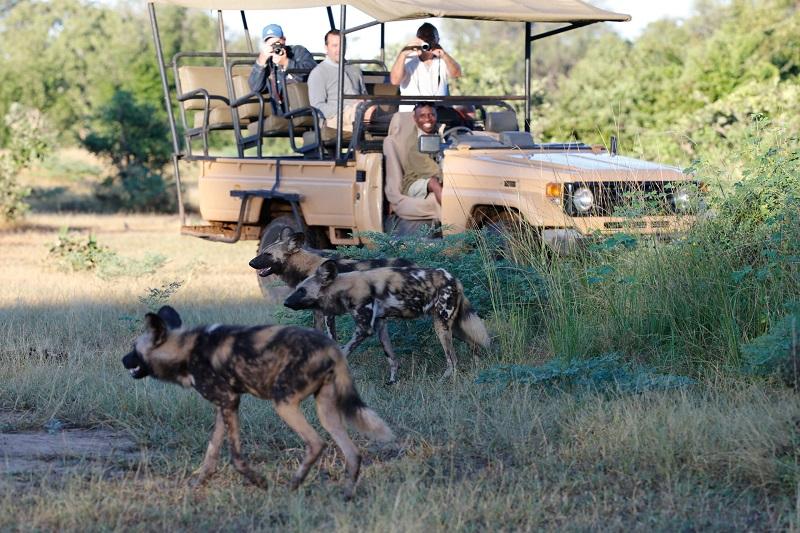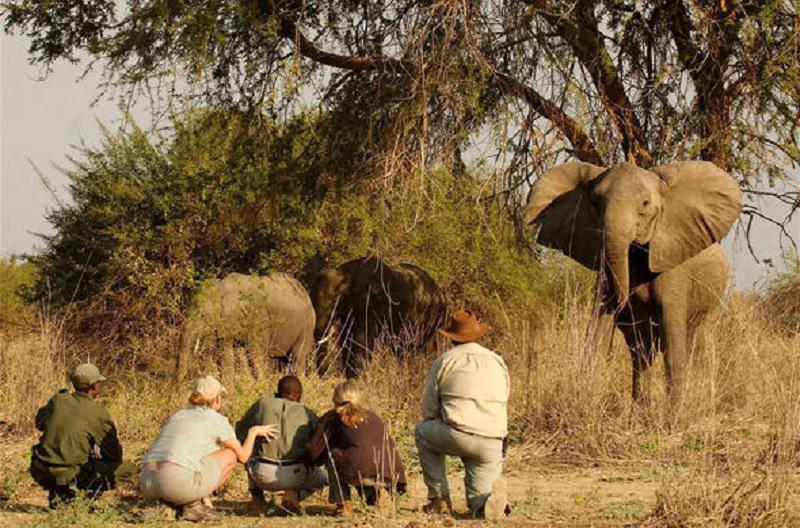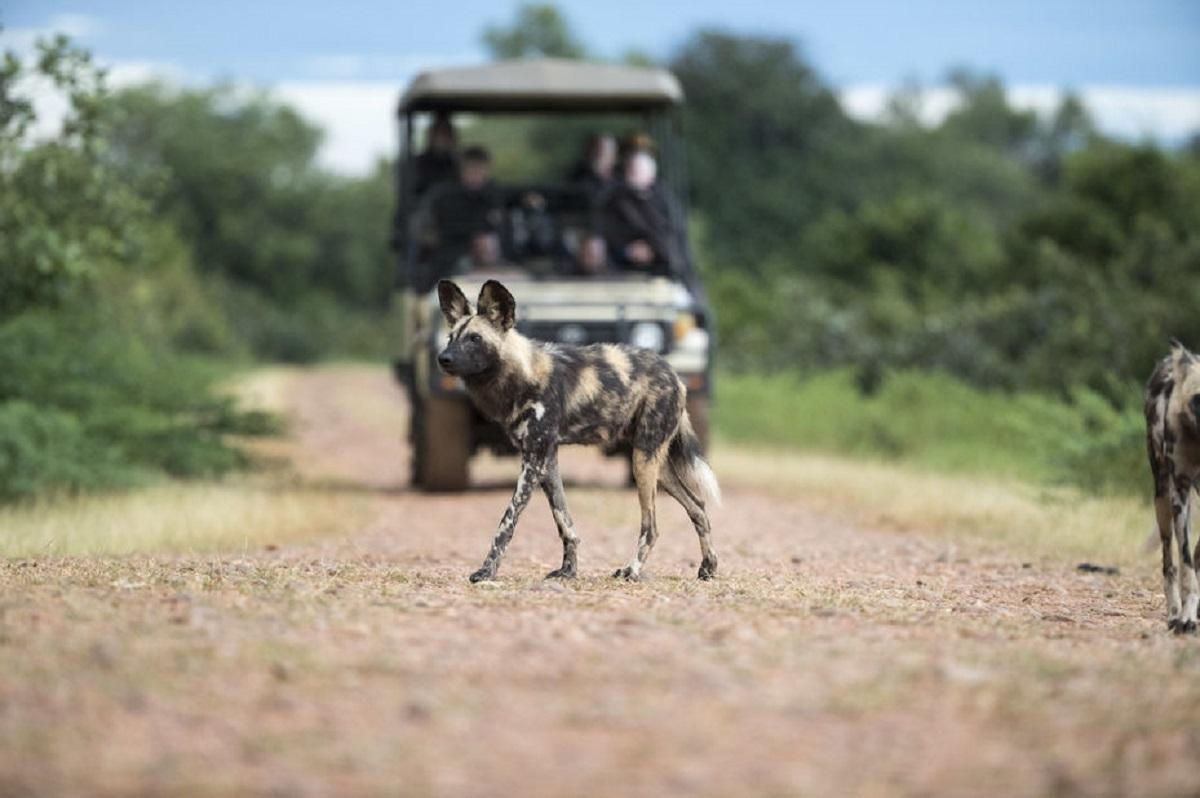Lukusuzi National Park, situated in Zambia’s Eastern Province, is a pristine and largely undiscovered wilderness area that offers an authentic and remote safari experience. Spanning almost 2,600 square kilometers, this park is known for its rugged terrain, rich biodiversity, and the tranquil beauty of its diverse landscapes.
Lukusuzi is part of the larger Luangwa Valley ecosystem and is often overshadowed by its more famous neighbours like South Luangwa National Park. However, its isolation and minimal human impact make it a haven for wildlife and a perfect destination for those seeking solitude and untouched nature. With its dense forests, seasonal floodplains, and rich wildlife, Lukusuzi provides a unique and immersive adventure for the intrepid traveler.
Please Download Our Mobile App here.
Overview of Lukusuzi National Park
Lukusuzi National Park is characterized by its diverse landscapes, including riverine forests, miombo woodlands, and seasonal floodplains. The park’s varied terrain provides habitats for a wide range of species, from large mammals to numerous bird species. Unlike more frequented parks, Lukusuzi is known for its minimal infrastructure, which enhances its appeal for visitors looking for a more remote and wild experience.
The park was established in 1967, but due to its remoteness and limited access, it has remained relatively undeveloped. This lack of development is a double-edged sword; while it means fewer tourists and a more authentic experience, it also means that amenities and accommodations are basic. Nonetheless, Lukusuzi’s seclusion and natural beauty make it an appealing choice for those seeking an adventurous and solitary safari.
Wildlife in Lukusuzi National Park

Lukusuzi National Park supports a variety of wildlife, although it is less frequently visited compared to other parks in Zambia. The park is home to species such as elephants, buffalo, and various antelopes including sable, kudu, and waterbuck. Predators like lions and leopards also inhabit the park, though sightings are less common due to the dense vegetation and the park’s vast size.
Birdwatchers will find Lukusuzi particularly rewarding, as the park is home to a diverse avian population. Over 200 bird species have been recorded, including rarities like the white-backed vulture and the colorful Great African Hornbill. The park’s varied habitats support both resident and migratory bird species, making it an excellent destination for birdwatching enthusiasts.
The park’s flora is equally diverse, with lush riverine forests, open woodlands, and floodplains providing a rich tapestry of vegetation. This biodiversity not only supports a wide range of wildlife but also contributes to the park’s scenic beauty.
Best Time to Visit Lukusuzi National Park
The best time to visit Lukusuzi National Park is during the dry season, which typically runs from May to October. During this period, the weather is generally dry and sunny, making it easier to traverse the park’s terrain and spot wildlife. The reduced vegetation and lower water levels in seasonal floodplains concentrate animals around remaining water sources, improving game viewing opportunities.
The wet season, from November to April, brings significant rainfall that can make travel within the park challenging. While the wet season transforms the park into a lush, green landscape and offers good birdwatching opportunities, the muddy conditions can make some areas difficult to access. Visitors should be prepared for the possibility of rain and plan accordingly if visiting during this time.
Getting to Lukusuzi National Park

Lukusuzi National Park is located in Zambia’s Eastern Province, about 600 kilometers northeast of Lusaka, the capital city. The journey to the park typically involves a combination of road and air travel. The nearest major town is Lundazi, which is about 100 kilometers from the park.
Most visitors travel by road from Lusaka to Lundazi, a journey that takes around 10 to 12 hours, depending on road conditions. From Lundazi, visitors can arrange for a transfer to the park, which may require traveling on less developed roads. Alternatively, chartered flights to Lundazi followed by a road transfer can be arranged for a more direct and quicker route.
Other Activities in Lukusuzi National Park
In addition to wildlife viewing, Lukusuzi National Park offers opportunities for walking safaris and camping. The park’s remote location and varied terrain make it ideal for those who enjoy exploring on foot. Walking safaris provide a chance to experience the park’s wildlife and landscapes up close while guided by experienced rangers.
Camping in the park allows visitors to immerse themselves in the natural environment, with basic facilities provided at designated camping sites. Night drives and bush walks can also be arranged, offering a chance to see nocturnal wildlife and experience the park’s atmosphere after dark.
Park Fees for Lukusuzi National Park

As of 2024, the park fees for Lukusuzi National Park are:
- Foreign Visitors (Adults): $25 per person per day
- Foreign Visitors (Children): $12 per person per day
- Zambian Residents (Adults): KES 10,000 per person per day
- Zambian Residents (Children): KES 5,000 per person per day
These fees support the park’s conservation efforts and infrastructure development.
FAQs: Touring Lukusuzi National Park
Is it safe to visit Lukusuzi National Park?
Yes, Lukusuzi is generally safe for visitors, but due to its remoteness, it is advisable to travel with a guide or local operator familiar with the park’s terrain and conditions.
Are there guided tours available in the park?
Guided tours, including walking safaris, can be arranged through local operators. It is recommended to book in advance due to the park’s remote location and limited infrastructure.
What types of accommodation are available in the park?
Accommodation in Lukusuzi National Park is primarily limited to camping, with basic facilities provided at designated sites. Visitors should come prepared for a more rugged experience.
Conclusion
Lukusuzi National Park offers a unique and remote safari experience in Zambia for those willing to venture off the beaten path. Whether you’re tracking elusive wildlife, birdwatching, or camping under the stars, Lukusuzi delivers a true wilderness experience that highlights the beauty and diversity of Zambia’s natural environment.



